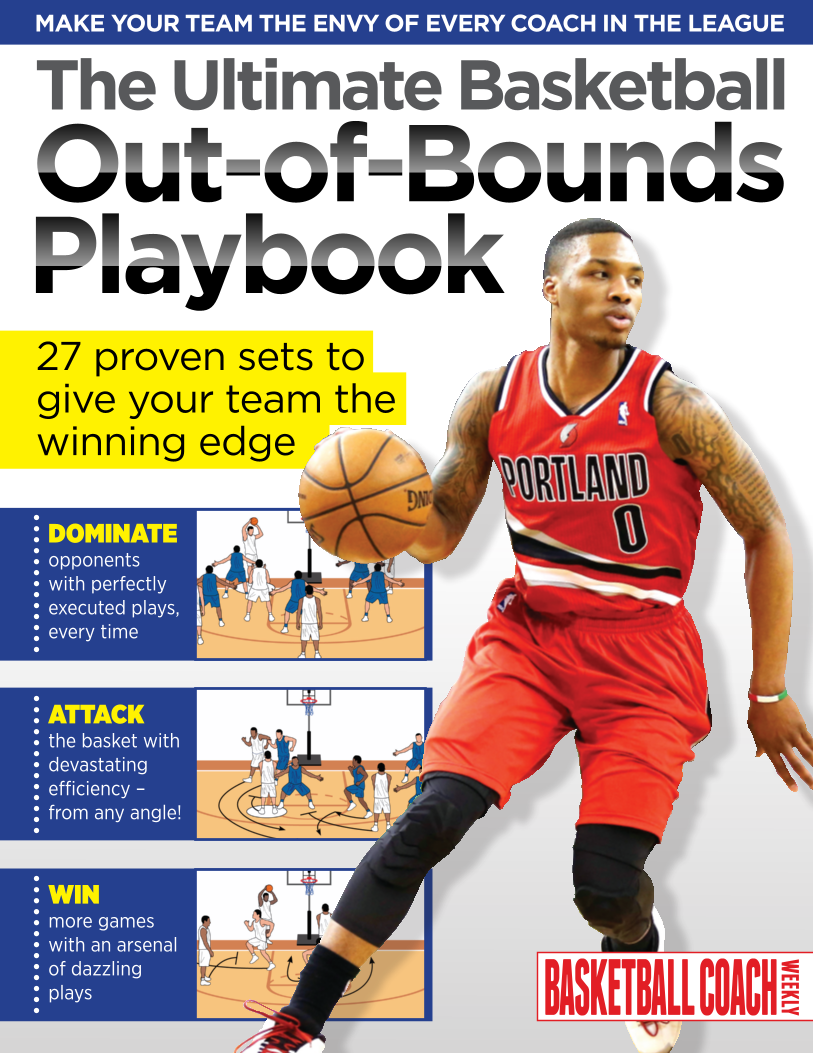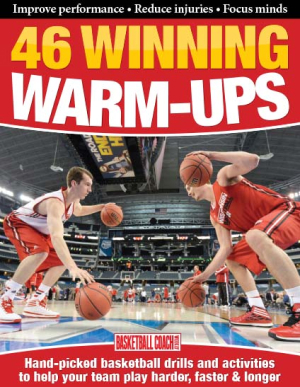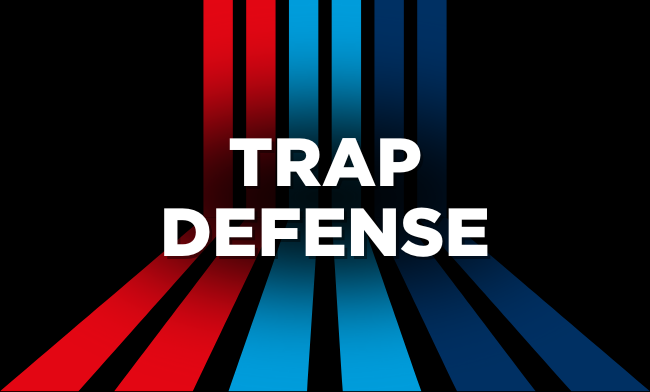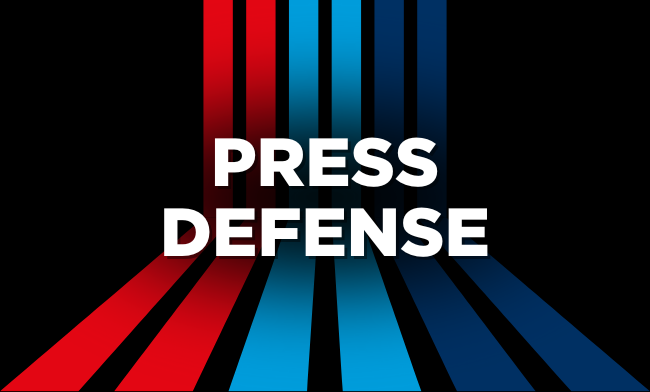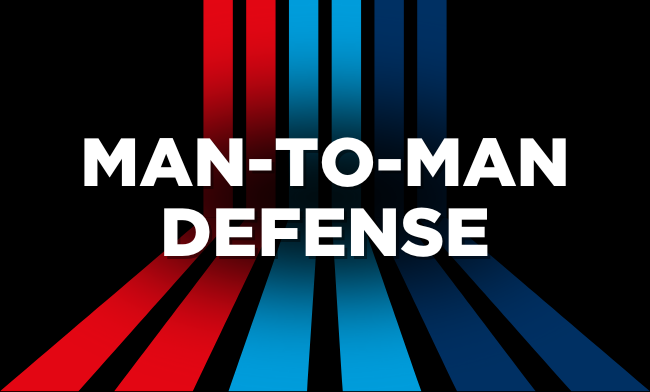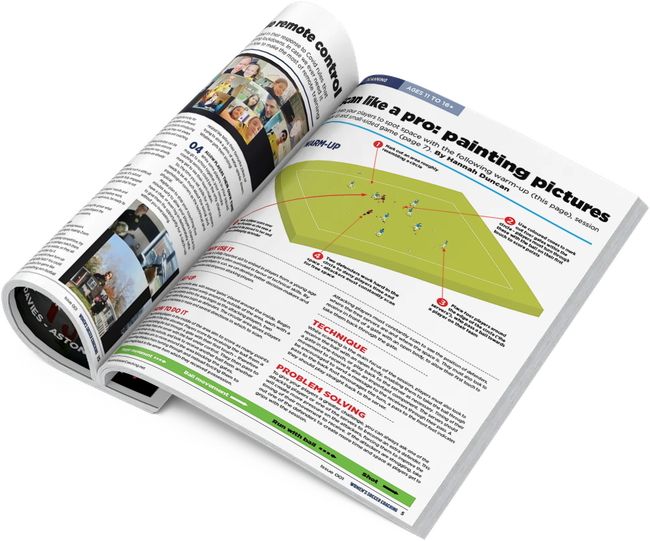Executing the fast-break offense in basketball: Strategy, key concepts, and drills
The fast-break offense is one of the most exciting and effective ways to score in basketball. It focuses on pushing the ball up the court quickly, catching the defense off guard, and creating high-percentage scoring opportunities before the defense can set up. This offensive strategy takes advantage of speed, quick decision-making, and proper spacing to capitalize on transition opportunities, often resulting in easy baskets or open perimeter shots.
We’ll break down the essential components of the fast-break offense, its advantages, how to coach it effectively, and the best drills to practice this high-tempo tactic.
WHAT IS FAST-BREAK OFFENSE?
A fast break occurs when a team transitions quickly from defense to offense, typically after a defensive rebound, steal, or blocked shot. The goal is to move the ball up the court as fast as possible, creating numerical advantages (like a 2-on-1 or 3-on-2) or catching defenders out of position before they can set up their defense.
The fast-break offense thrives on the following principles:
- Speed: Players must sprint the floor immediately after gaining possession, forcing defenders to retreat quickly.
- Decision-Making: Quick, smart decisions are key to maintaining the momentum of the fast break. Players need to decide whether to drive to the basket, pass, or pull up for an open shot.
- Spacing: Proper spacing ensures that the offense can spread the floor, creating open lanes to the basket or space for shooters on the wings.
The fast break can lead to high-percentage shots, such as layups and open jumpers, and is a crucial part of a team’s transition game.
TYPES OF FAST-BREAK OFFENSE
There are a few different styles of fast-break offense, each designed to exploit different aspects of the defense:
-
3-Lane Fast Break
The 3-lane fast break is one of the most common styles, with three offensive players filling designated lanes down the court. The point guard or primary ball handler runs the middle lane, while the other two players sprint down the sideline, creating spacing and passing options. This formation forces defenders to make difficult choices about who to guard, often leaving one offensive player open. -
Secondary Break
A secondary break occurs when the defense successfully stops the initial fast break, but the offense continues to attack before the defense can fully set up. In this system, players remain aggressive, looking for quick shots, cuts, or post entries after the first wave of the break. This extension of the fast break ensures that the offense remains in a high-tempo mode even when the primary transition is halted. -
Delayed Fast Break
In the delayed fast break, players push the ball up the court quickly but remain patient, waiting for additional teammates to join the attack. This allows for more players to be involved in the transition while still catching the defense before it is fully set. It’s an excellent strategy for teams with skilled shooters or big men who can trail the play and finish late.
WHEN FAST-BREAK OFFENSE IS EFFECTIVE
The fast-break offense is most effective in the following scenarios:
- After Defensive Rebounds or Steals: The fast break often starts with a quick outlet pass after a defensive rebound or a steal, giving the offense the upper hand while the defense is still transitioning back.
- Against Slow Defenders: Teams with athletic, fast players can exploit slower defenders by running the fast break and getting out in transition before the defense can recover.
- To Control Tempo: If a team wants to dictate the pace of the game, a fast-break offense is ideal. It speeds up the tempo, forces the defense to sprint back repeatedly, and creates constant pressure.
HOW TO COACH FAST-BREAK OFFENSE
Coaching the fast-break offense requires teaching players to move quickly, make smart decisions, and stay disciplined in their roles. Here are key coaching points for an effective fast-break system:
- Quick Outlet Pass: The fast break starts with a strong rebound or defensive play. Coaches should emphasize the importance of a quick, accurate outlet pass to a guard who can push the ball up the court.
- Filling the Lanes: Players need to sprint to their designated lanes—typically the point guard in the middle and wings or forwards on the outside. Proper lane filling creates spacing and passing options, forcing defenders to spread out.
- Decision-Making: Fast breaks happen quickly, so decision-making is crucial. Teach players to look for open teammates, recognize mismatches, and know when to attack the basket versus passing to an open shooter.
- Finishing at the Rim: While the fast break often leads to open layups, players must focus on finishing strong at the rim, even with defenders chasing them. Practicing layup drills under pressure will help with this.
DRILLS FOR FAST-BREAK OFFENSE
To master the fast break, teams need to practice it in game-like scenarios. Here are a few drills designed to develop speed, spacing, and decision-making during the fast break:
-
3-on-2, 2-on-1 Drill
This classic fast-break drill helps players develop decision-making in transition. The offense starts with a 3-on-2 fast break, with the defense attempting to stop the ball. Once the initial attempt is made, the two defensive players transition to offense, creating a 2-on-1 the other way. This drill emphasizes reading the defense, passing to the open player, and finishing at the rim. -
Outlet and Fill Drill
In this drill, players practice the mechanics of a fast break, starting with a rebound and outlet pass. Once the ball is passed, the wings sprint up the sidelines while the ball handler pushes the ball up the middle. The drill reinforces quick outlet passes, proper spacing, and finishing the fast break. -
5-on-4 Fast-Break Drill
This drill simulates a fast-break situation with a 5-on-4 advantage for the offense. It helps players learn how to move the ball quickly, find open teammates, and score before the defense can recover. The focus is on reading the numbers advantage and making the right decision in transition.
COMMON MISTAKES IN FAST-BREAK OFFENSE
Though fast breaks can lead to easy baskets, they can also result in missed opportunities if not executed correctly. Here are some common mistakes to avoid:
- Forcing Passes: Fast breaks happen quickly, but players must avoid forcing passes into traffic. Turnovers in transition can lead to easy scoring opportunities for the opposing team.
- Poor Spacing: If players don’t fill their lanes correctly, the offense becomes congested, making it easier for defenders to recover and stop the fast break.
- Overdribbling: Ball handlers should focus on advancing the ball quickly with passing, rather than dribbling the length of the court. Too much dribbling allows the defense to catch up.
CONCLUSION
The fast-break offense is a powerful tool that can give your team an edge by capitalizing on speed, decision-making, and proper spacing. Whether you’re running a quick 3-lane break or extending the play into a secondary break, mastering this high-tempo strategy can lead to easy scoring opportunities and momentum swings in your favor. With consistent practice and attention to detail, your team can become a force in transition and keep opponents on their heels.
Newsletter Sign Up
Coaches' Testimonials

John Allen, AAU National Boys Basketball Commissioner

Wade Wolff, Colfax Youth Development League
Further Reading
Newsletter Sign Up
Coaches Testimonials

John Allen, AAU National Boys Basketball Commissioner

Wade Wolff, Colfax Youth Development League
Discover the simple way to become a more effective, more successful basketball coach
In a recent survey 89% of subscribers said Basketball Coach Weekly makes them more confident, 91% said Basketball Coach Weekly makes them a more effective coach and 93% said Basketball Coach Weekly makes them more inspired.
*includes 3 coaching manuals
Get Inspired
All the latest techniques and approaches
Basketball Coach Weekly offers proven and easy to use basketball drills, coaching sessions, practice plans, games, warm-ups, training tips and advice.
We're at the cutting edge of basketball coaching since creating resources for the grassroots youth coach, following best practice from around the world and insights from the professional game.


